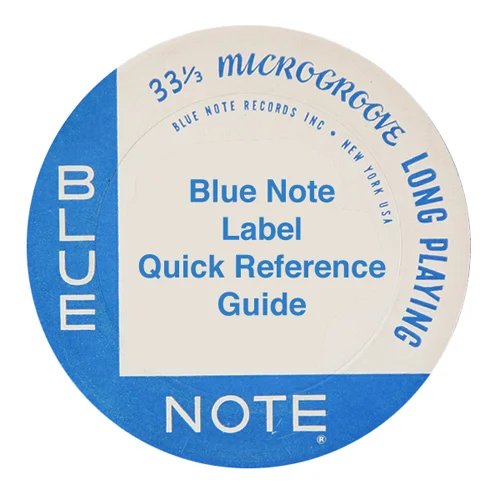Louis Armstrong And His All-Stars - "Louis Armstrong Plays W. C. Handy"
/Louis Armstrong & His All Stars • Louis Armstrong Plays W. C. Handy • 1954 • Columbia CL 591
Recorded July 12-14 in Chicago, IL
The Players:
Louis Armstrong - Trumpet, Vocals
Velma Middleton - Vocals
Trummy Young - Trombone
Barney Bigard - Clarinet
Billy Kyle - Piano
Arvell Shaw - Bass
Barrett Deems - Drums
The Tracks:
A1. St. Louis Blues
A2. Yellow Dog Blues
A3. Loveless Love
A4. Aunt Hagar's Blues
A5. Long Gone
B1. Memphis Blues
B2. Beale Street Blues
B3. Ole Miss
B4. Chantez-Les Bas
B5. Hesitating Blues
B6. Atlanta Blues
The Music:
There is not much to be said about Louis Armstrong that hasn't been said before, he was the defining figure in early jazz and his influence continued to reach far and wide even after his commercial and critical standing began to fade. As Miles Davis once said, "You can't play anything on a horn that Louis hasn't already played."
Some of my earliest forays into discovering jazz music began with exploring Armstrong's legendary Hot Five and Hot Seven recordings from the 1920's (the definitive release of these recordings is the out-of-print The Complete Hot Five & Hot Seven Recordings CD boxset released by Columbia/Legacy in 2000). Over the years I picked up some of his later Decca & Verve LPs - you still see lots of these around - but my general thinking on Armstrong was that after the Hot Five & Hot Seven recordings his output was mostly devoted to being a showman rather than an innovator. Then one day I came across a copy of Louis Armstrong Plays W. C. Handy and was quickly blown away by just how amazing the man could still sound. The more I began to explore his 1950's output, I soon found that it was a period of rejuvenation for Armstrong, and it all seemed to start with Louis Armstrong Plays W. C. Handy.
The record, which could easily be co-credited to Armstrong's longtime singer Velma Middleton whose contributions to the record are invaluable, finds Satchmo and his All-Stars obviously invigorated by the classic music they were recording. All these men were surely familiar with the music and legacy of W.C. Handy, the man known as "the father of the blues," and obviously Armstrong was deeply indebted to a fellow trumpet player and early jazz and blues pioneer who brought this new music to the masses. The album is far from a stodgy recreation of Handy's music, however, rather it has a loose and jovial feel that seems more like a rollicking live performance than an attempt to set down some definitive versions of these classic songs (although you could argue they achieved that on a couple tracks).
The strongest tracks are "St. Louis Blues," "Loveless Love," "Long Gone" and "Hesitating Blues" although there isn't a weak track to be found. Armstrong is in top form throughout, with fantastic solos and vocals that are as inspired as any in his long career. Louis Armstrong Plays W. C. Handy can't come recommended highly enough for fans of Louis Armstrong, which is to say fans of classic jazz music in general.
The Vinyl:
The original pressing of this album from 1954 featured an orange and black cover with the early red and white Columbia label. The album was then re-released one year later in 1955 with the better known cover showing Satchmo and Handy and featuring the 6-Eye deep groove label. Why they decided to change the artwork so soon after the original release could have happened for any number of reasons, none of which I have been able to discover. My copy is one of the second issues in Very Good Plus condition and as anyone who has a jazz record with these deep groove 6-Eye labels (which ran from the mid-1950's until 1961) know they feature outstanding audio quality, as good as you will find from this period. The price on these 6-Eye pressings vary greatly, especially online, with copies going anywhere from $5 right up to $25.
Original 1954 Cover And Label. Images From Discogs.
Louis Armstrong & Velma Middleton, 1956. Photo John Drysdale.















